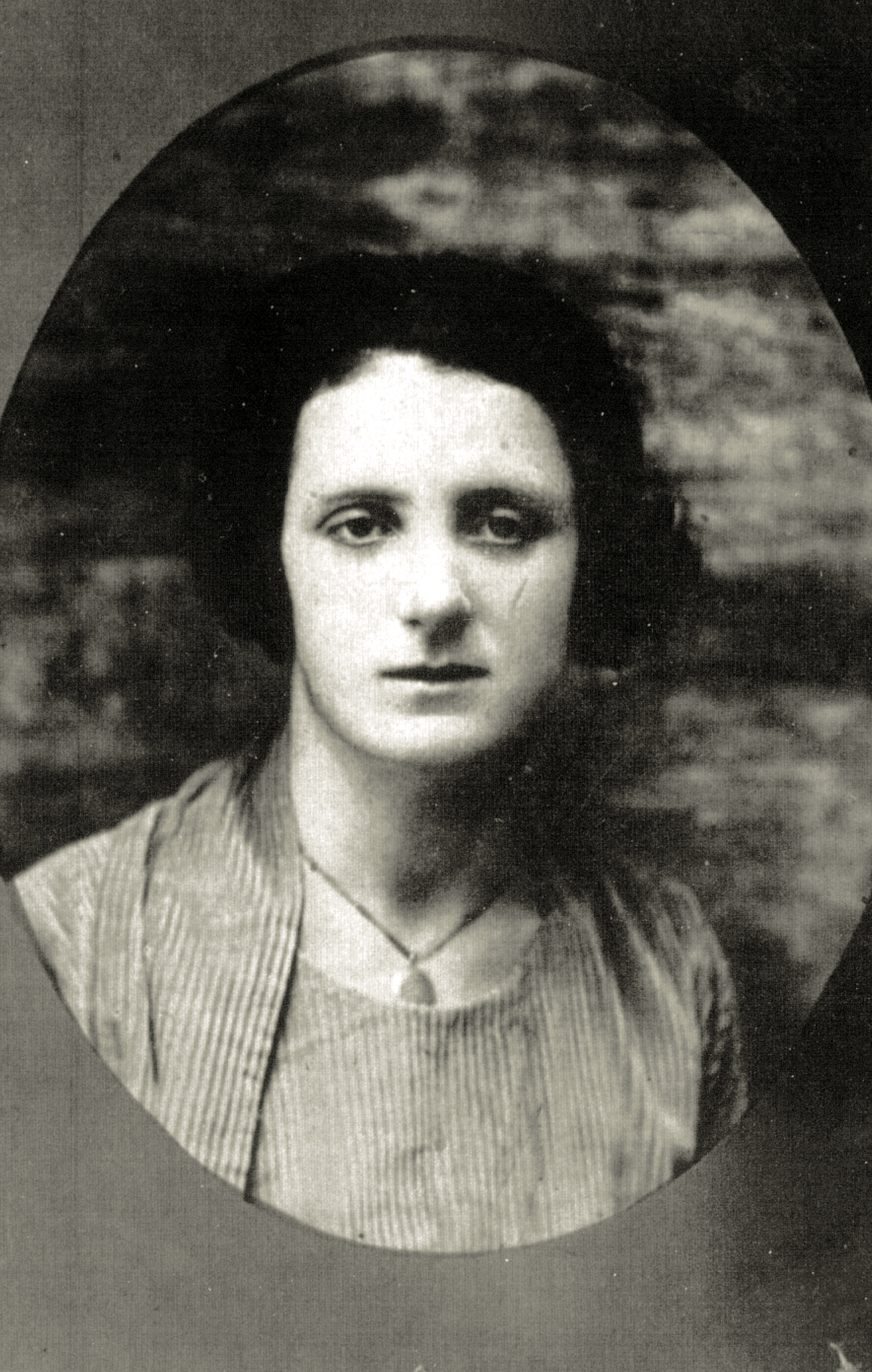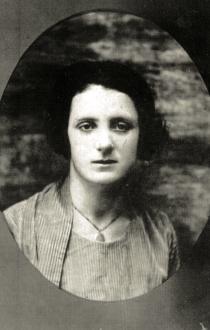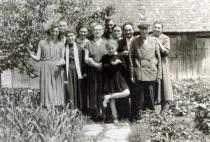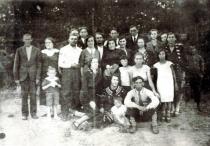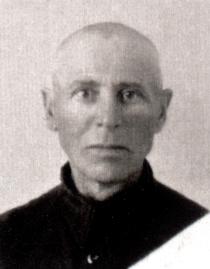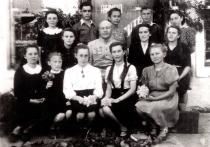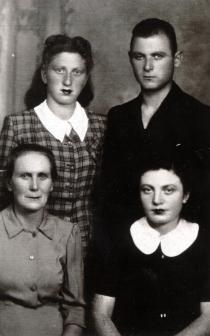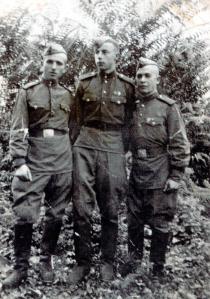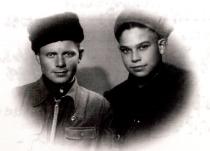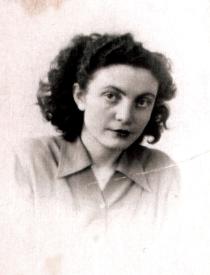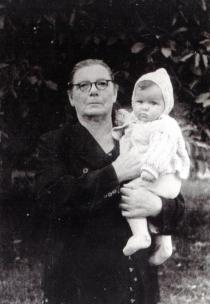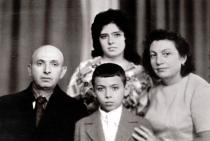This is a picture of my grandmother, Dina Kotliar. The picture was taken in Karpachi village in 1900.
My grandmother on my mother's side, Dina Kotliar, was born in Karpachi village in the 1870s. She got engaged when she was 9 years old. Karpachi was close to Lvov, which was called Lemberg at that time. There were big fairs in Lemberg and people from all the surrounding villages went to these fairs. The fairs lasted for a month. People made deals of all kinds at the fairs. My grandmother's parents were very religious. They met another religious family at a fair. This family had a 10-year-old son and my grandmother's parents had their 9-year-old daughter. They reached an agreement that their children would get married when they came of age
When they returned from the fair, they told my grandmother that she was a fiancée. She didn't quite understand the meaning of it, but she liked the idea. When she turned 16 she got married. My grandparents had a wedding with a chuppah according to Jewish traditions, and her husband stayed to live in my grandmother parents' house. A year later they had a baby girl that died in infancy. Later it turned out that my grandmother's husband was ill with tuberculosis. The rabbi conducted a divorce ceremony. Divorces were rare at that time. There had to be a valid excuse to break off a marriage. My grandmother's reasoning was convincing: They couldn't have children due to her husband's disease.
Later matchmakers introduced her to my grandfather, Itzhak Kotliar, who also came from Karpachi. He was born in the 1860s. He was a widower by the time he met my grandmother. My grandmother was 20 and my grandfather was about 30 when they met. He was a melamed at cheder. They had a traditional Jewish wedding, and my grandmother moved to his house. He had two children from his first marriage. My grandmother raised them as her own sons. One of them moved to America when he was in his teens. Shmil, the younger one, stayed in Karpachi. He had a big house with a store that he owned.
My grandmother was a beautiful slender woman. She didn't wear a wig. On weekdays she wore a kerchief, and when she went to the synagogue on Saturdays and Jewish holidays she wore a beautiful shawl. My grandmother didn't wear traditional Jewish clothes such as dark skirts and blouses. She wore fashionable skirts and light blouses. She made her clothes herself.
